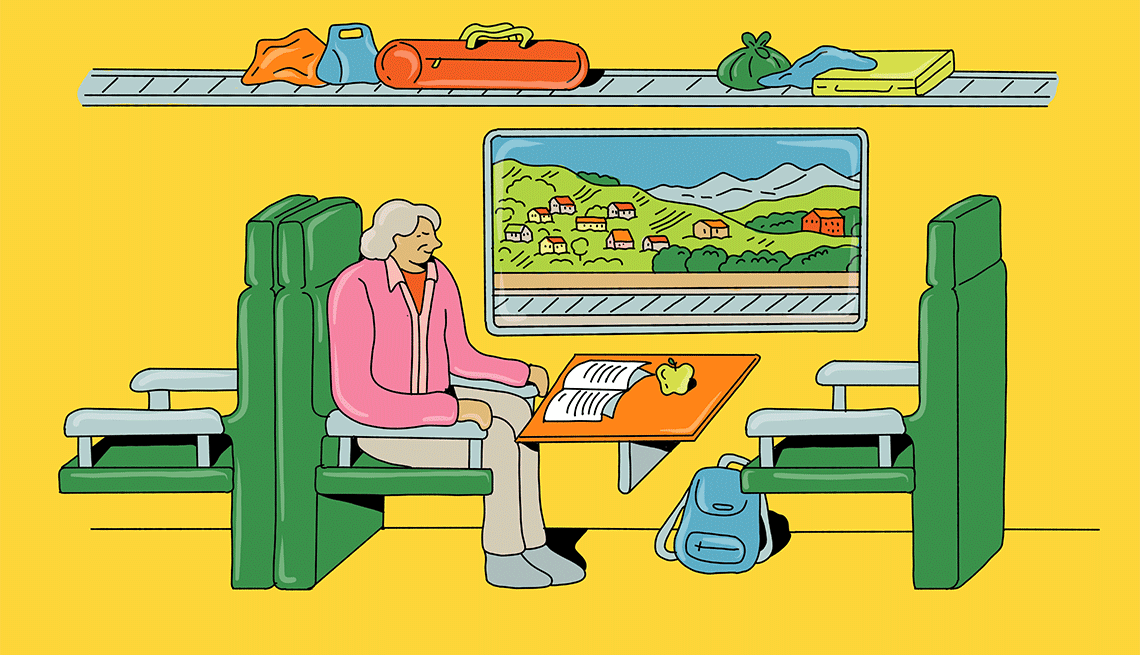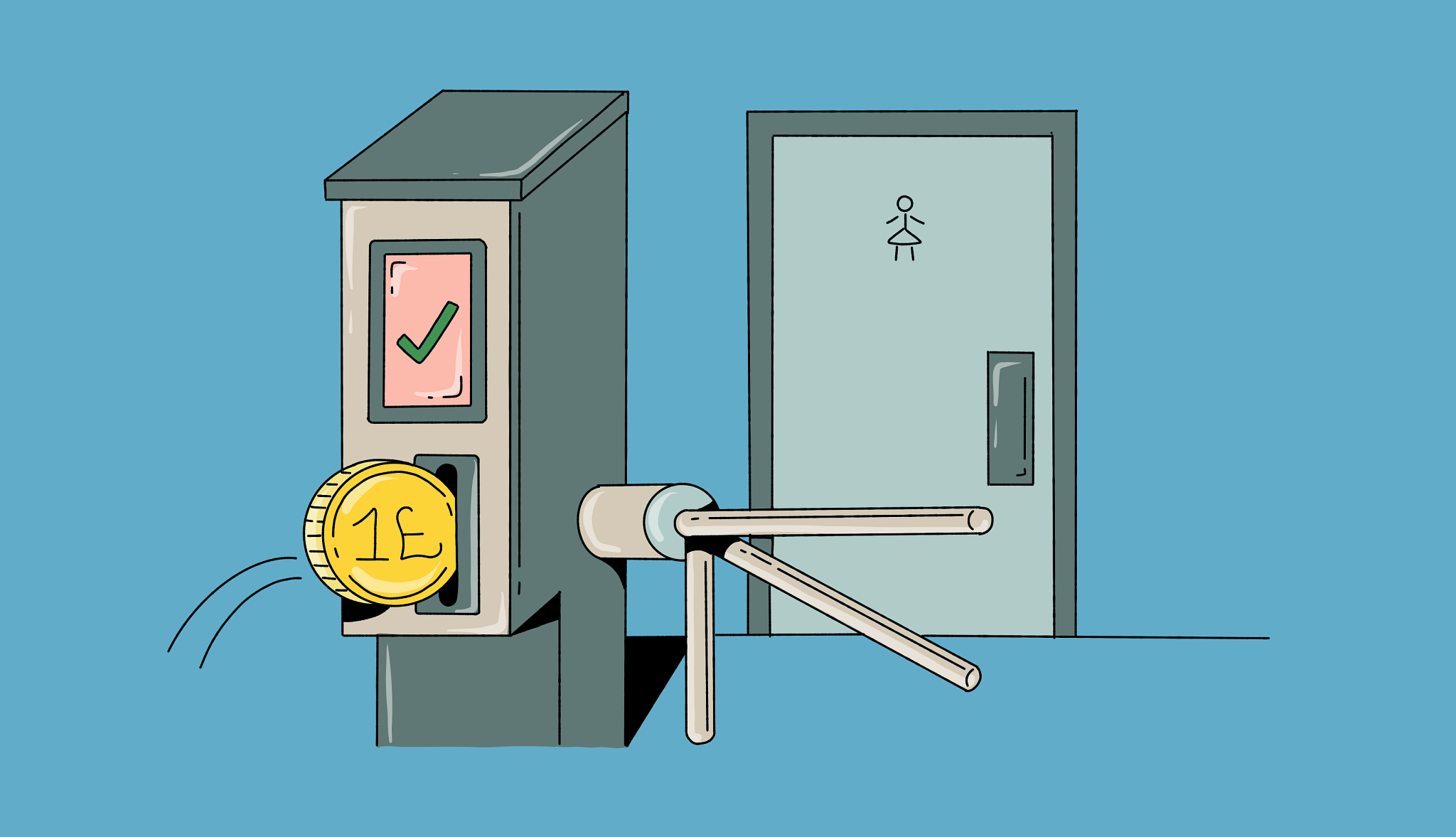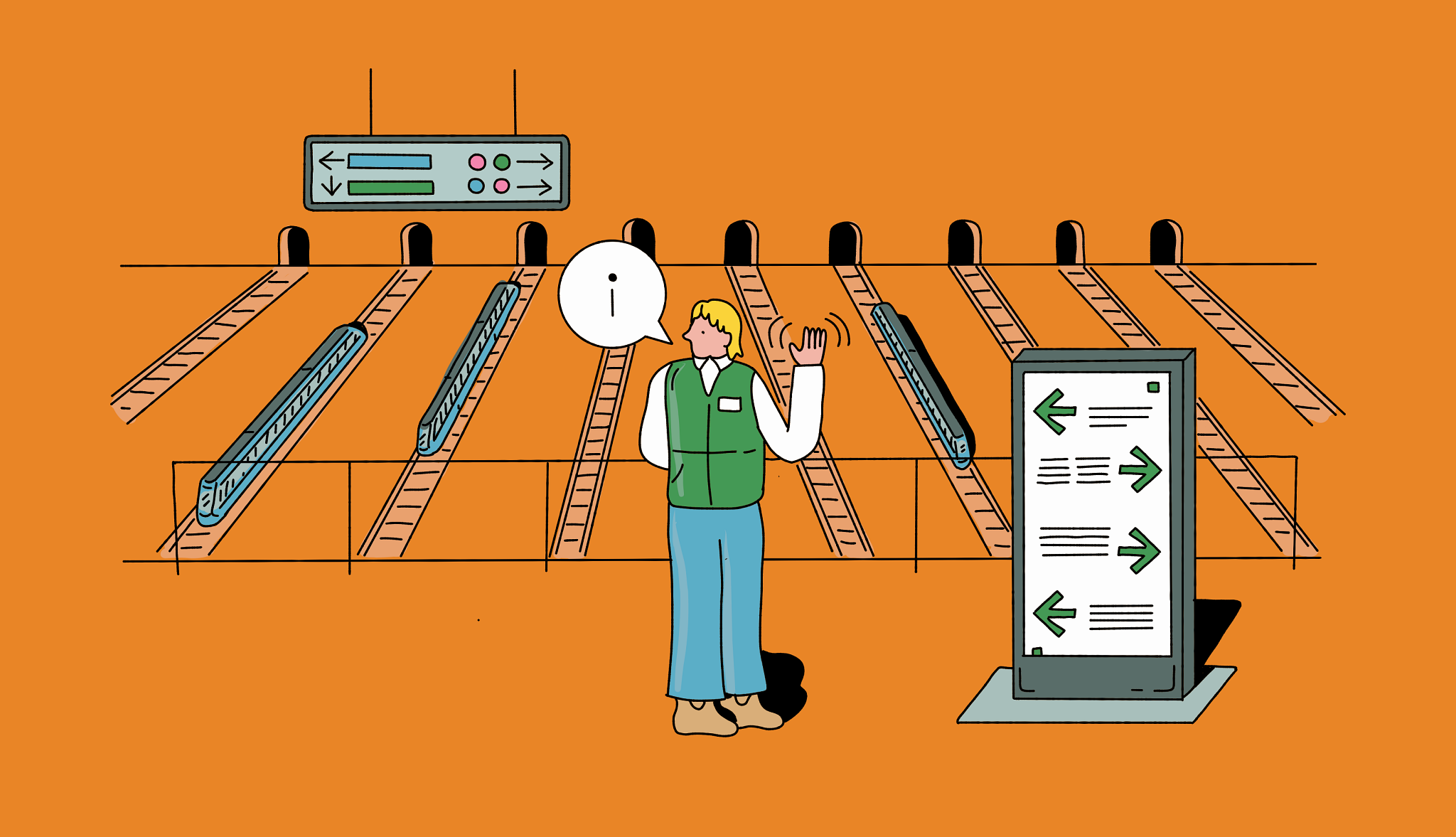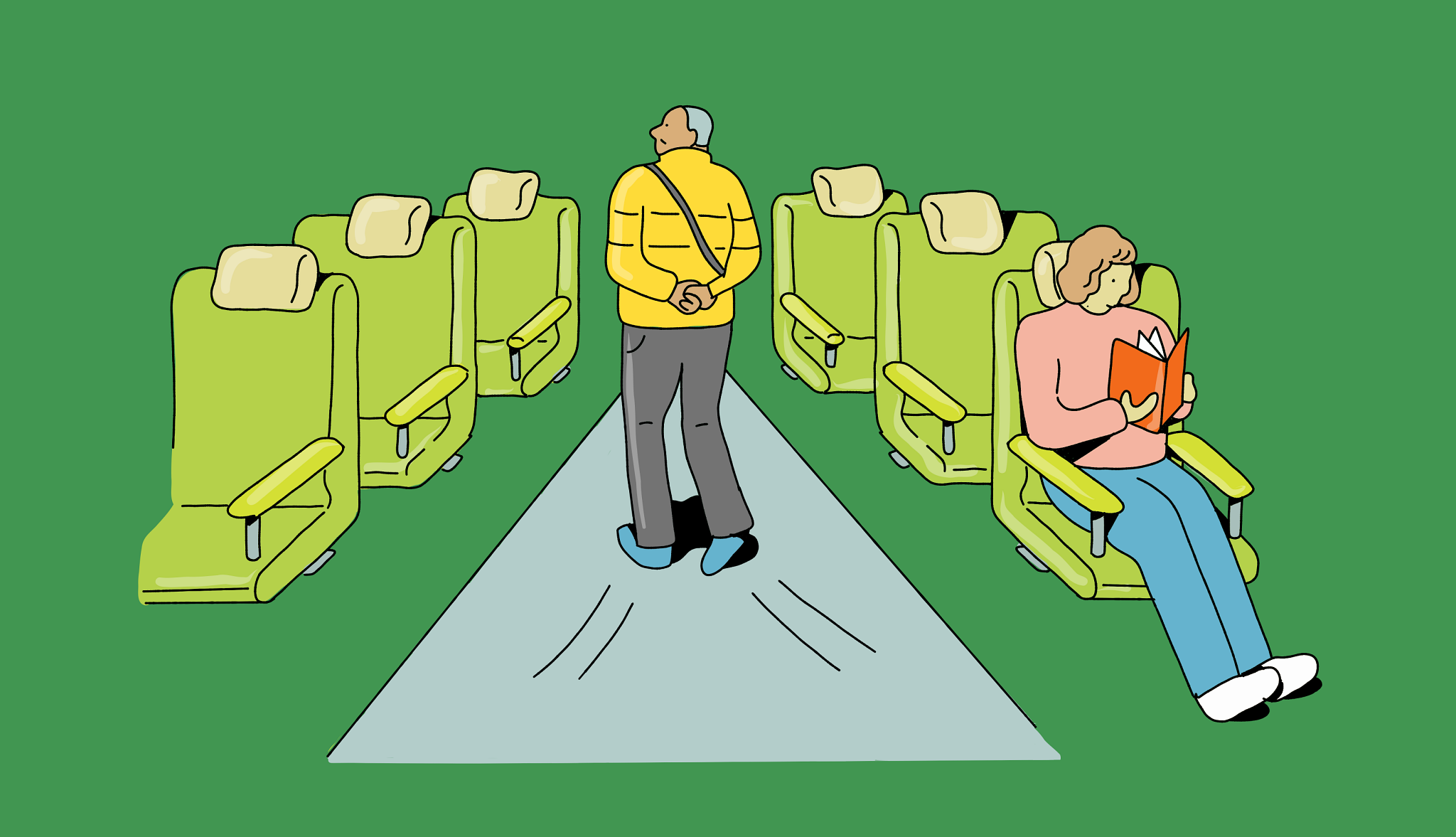AARP Hearing Center
Traveling by train in Europe is a scenic and relaxing way to go from city to city and country to country, and to explore lesser-known towns and byways in between. Train travel has plenty of perks: less stress, more comfort, watching the world go by from your seat. You take in panoramic views as the scenery shifts from urban landscapes to rural areas, mountain passes to coastlines.
I’ve experienced strikes, delays, and even missed a train because I wasn’t on the right platform. Despite the misadventures, I opt for rail travel whenever I can, and have taken local, regional, long-distance and high-speed trains in Spain, Italy, Portugal, France, Slovenia, Hungary, Germany, Switzerland, England and Scotland.
Unlike the airport, there’s no need to arrive several hours early before a train departure. Arriving 30 minutes to an hour in advance is usually sufficient. And only a few places require a quick security check, typically for high-speed trains or international travel, such as the Eurostar or departures from a few Spanish train stations, such as Barcelona, Madrid or Zaragoza.
Seventy percent of Americans 50-plus plan to travel this year, and 33 percent of those travelers are either likely or somewhat likely to travel by train, according to AARP’s 2025 Travel Trends survey.
Here are 25 tips for taking trains in Europe, based on my personal experience and that of three experts on European train travel.
RESEARCH AND PLANNING
1. Combine slow and fast routes
Hopping on a train isn’t only about getting to your destination as quickly as possible; it’s about enjoying the scenery, too. “The beauty often lies in the side tracks and in the slower connections,” says Bart Giepmans, author and Eurail public relations consultant, who’s been taking trains in the Netherlands since the age of 10 when his dad purchased a Dutch rail card. While you can travel from Paris to Barcelona in about six hours, Giepmans recommends considering a not-so-direct route. “If you take a slow train from Perpignan [France] along the coast ... the Mediterranean splashes onto the train windows, and these things you often miss on fast trains.”
Giepmans recommends taking fast connections between main cities, then scenic and rural routes to experience the best of Europe. “I personally always like Paris or Munich as a base, and … [take] local scenic trains to smaller destinations,” he says. He was recently in Rome and took a regional train to a relaxing lake made by a volcanic crater. “You discover so much more when you look further than your main destination.”
2. Book in advance
Booking in advance will guarantee you a seat and may save you money. If you plan to travel in high season (June, July or August), booking tickets a minimum of six weeks in advance is essential for travel to popular destinations such as Barcelona, Amsterdam, Paris and London, says Giepmans.
And reserving ahead of time not only ensures you have a ticket; you’re also likely to save cash. “If you book ahead, especially on longer-distance trains, you can save quite a lot of money,” says Jasper Verlaan, a train aficionado and head of global sales at Macs Adventure, which offers self-guided hiking and biking tours. Do your research and start looking at tickets a minimum of six months in advance. Verlaan notes that London to Amsterdam on the Eurostar usually gets a better ticket price when you book in advance. “If you wait till the last minute, you typically just pay more,” he says.
3. Consider a rail pass
If you’re planning to travel by rail for several days or even a month or two, a rail pass may be worth it. The Swiss Federal Railway offers a rail pass for three to 15 consecutive days for travel in Switzerland; if you’re traveling throughout England, Scotland and Wales, you can purchase a BritRail pass. Consider a Eurail Pass if you plan on taking several rail journeys in multiple European countries. A Eurail Pass allows for a specific number of travel days in a set time frame, and you can take multiple trains per travel day. High-speed trains often incur additional costs and require a reservation.
Eurail doesn’t have its own trains. “It is a corporation of 35 railway and ferry companies. With a Eurail Pass, you can ride the trains of the national railway companies,” explains Giepmans. It’s also worth researching whether a rail pass or individual tickets are better for your travel plans, according to Katie Stewart, senior travel adviser for Ciao Bambino!, which specializes in luxury family travel.
4. Make a seat selection
When you book long-distance trains, you can often choose where to sit. However, it depends on the country and the route. Stewart recommends booking a seat reservation, if it’s available, for peace of mind, but notes that choosing your seat may sometimes cost more. On regional or local trains you’ll often sit wherever space is available, since seats aren’t usually assigned.

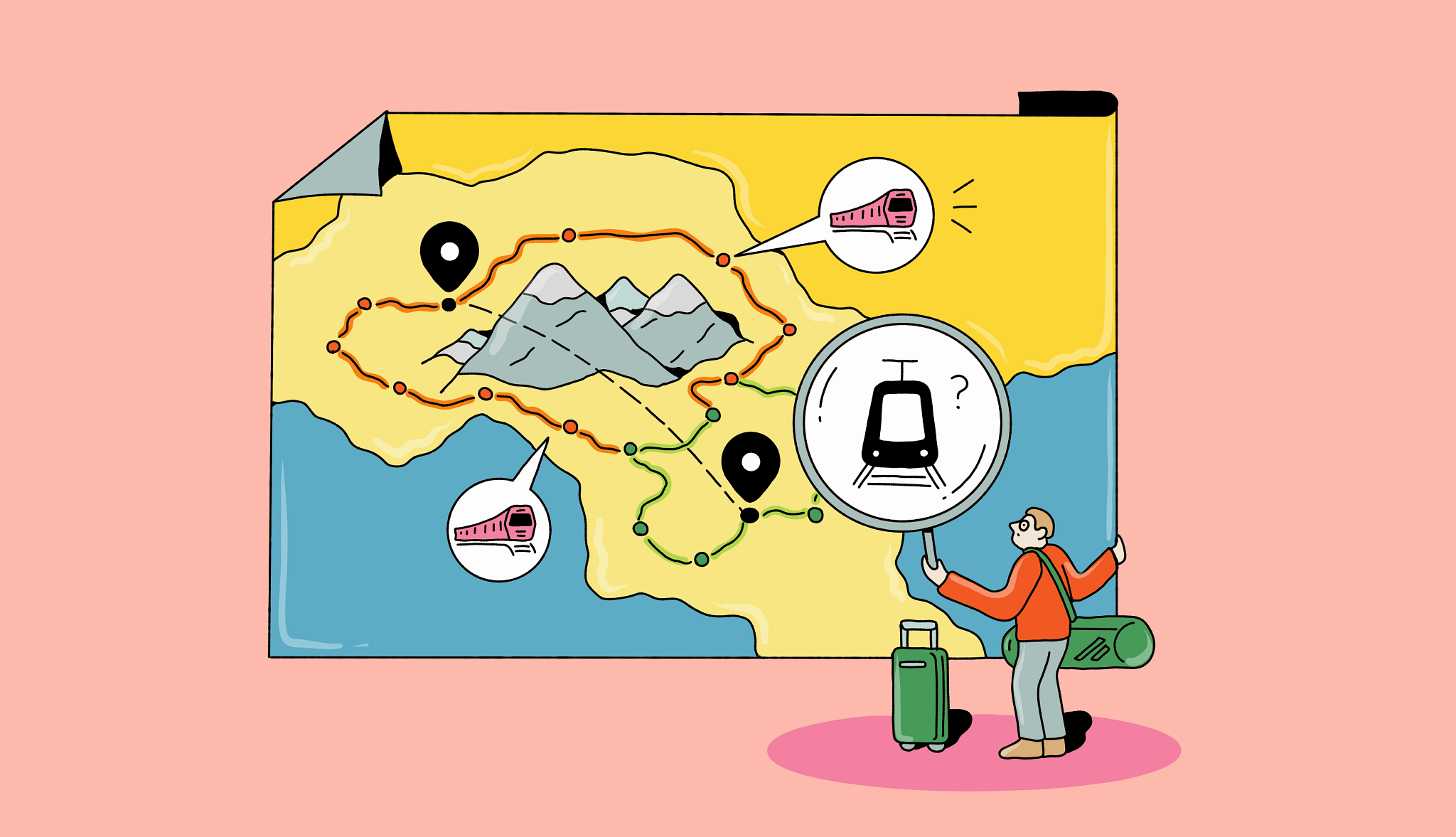
5. Know your rail routes
Planning a European rail journey across different countries can be tricky and hard to navigate. Some countries are better connected by train than others. “If you’re doing a multicountry trip … make sure that those countries really connect thoughtfully by train,” Stewart says. Also note that what you see on paper doesn’t always tell the whole story. Travelers to northern Italy often also want to visit a destination in Switzerland by rail when they see how close it is on a map, she says. However, going through the Alps may take longer than expected.
This is why Stewart relies on the Eurail map, which is published every year, to see all the train routes and possibilities. Routes are color-coded: Green is high-speed trains; purple is main lines; red is seasonal or other lines. Having a visual tool is helpful for planning, Stewart says. Rail Europe and European Rail Timetable also offer maps; the latter charges a fee.
6. Plan your train and accommodations simultaneously
Research and plan where you’ll stay if you’re planning a multicity rail journey. “Make sure you understand where the train station is in comparison to your accommodation,” advises Stewart. Some cities, such as Paris, have several train stations. If you don’t plan your hotel and train tickets simultaneously, you could be outside a city in an area that isn’t as safe, she says.
7. Consider first class for more comfortable trains
The most economical tickets are standard fare or second class. Upgrading to first class can be worth the splurge if you want a larger, more comfortable seat and a quieter ride. Stewart often books first-class tickets when she travels by train within Germany (where she lives) because she prefers a quieter train ride, though she acknowledges that first class can be a lot more expensive.
When she books tickets for clients, she checks the time of day they’re traveling. If someone is staying at a hotel that includes breakfast and is traveling late in the morning, Stewart won’t book a first-class ticket on the Eurostar, because the clients likely won’t be hungry when the train meal is served, and it’s not worth the extra cost. She factors in where the client is staying, the time of day and whether the amenities are worth the price.































































